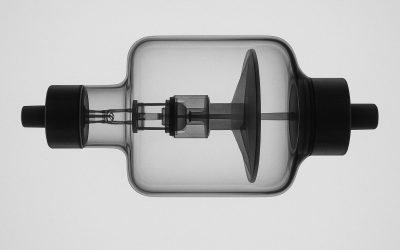A wiring harness is used to secure long or short runs of wires throughout any device or system. The more complex the system, the greater the number and type of wires that will typically be involved.
While there are standard types of wiring harnesses that can be used, most Original Equipment Manufacturers will find that a custom wiring harness provides additional benefits. With the use of a custom option, there is more freedom in choosing the wires and connectors and designing the option that is the ideal match for the OEMs requirements.
To start the design of a custom wiring harness, there are several things the design team will need to know. Often the designers will work with an in-house team to provide specific expertise and experience as the design is finalized.
Wires and Cables
It will be important to know the types of wires and cables that will be organized and managed through the wiring harness. There may be a variety of different sizes, and types of cables and the harness can be designed to securely hold round and flat wires and cables.
Attaching The Harness
In most applications, the wiring harness will be secured to the frame or a component in the system to provide stability and to keep the wires away from areas that may produce heat or have moving parts. How the harness will be attached to the system will be an important part of the design. Different shapes and space requirements will also need to be carefully considered.
Regulations, Standards and Requirements
It is also essential that the custom wiring harness meets all industry requirements and standards. This includes both for safety reasons as well as for industry approval. In some cases, the OEM may want the wiring harness to exceed industry standards, something that will require a custom harness to provide.


